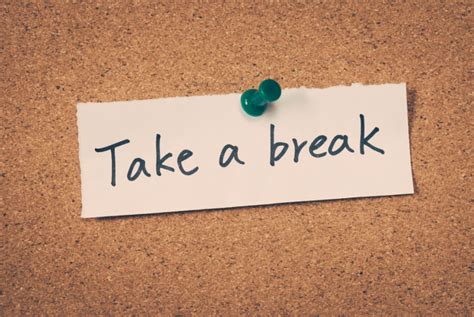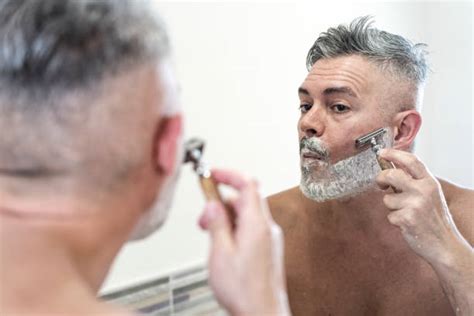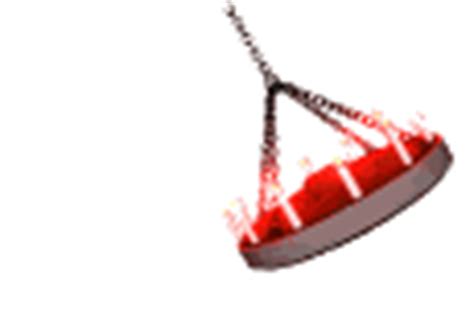Master razor bump prevention for a sharp, peak performance look?

Razor bumps, medically known as pseudofolliculitis barbae (PFB), are an irritating and often painful consequence of shaving that can undermine even the most meticulously planned grooming routine. Far from just an aesthetic concern, these pesky bumps can cause discomfort, redness, and even infection, preventing you from achieving that sharp, confident, peak performance look you desire. Fortunately, with a strategic approach and consistent habits, mastering razor bump prevention is entirely achievable.
Understanding Razor Bumps: The Enemy of a Smooth Shave
Razor bumps occur when shaved hair curls back into the skin and grows inwards, causing inflammation and irritation. This is particularly common for individuals with curly or coarse hair, as the hair shaft’s natural curl makes it more prone to re-entering the skin. The body perceives these ingrown hairs as foreign objects, triggering an inflammatory response that manifests as red, itchy, and sometimes pus-filled bumps.
Pre-Shave Preparation: Laying the Foundation for Flawless Skin
The journey to bump-free skin begins before the blade even touches your face. Proper preparation softens the hair and opens pores, making shaving smoother and reducing the risk of ingrown hairs.
- Warm Up: Start with a warm shower or apply a hot, damp towel to the area you intend to shave for a few minutes. This softens the hair follicles and opens the pores, allowing for an easier cut.
- Exfoliate Gently: Use a mild facial scrub or an exfoliating brush to remove dead skin cells and lift any trapped hairs. Be gentle to avoid irritating the skin before shaving.
- Pre-Shave Oil: A good quality pre-shave oil creates a protective barrier, allowing the razor to glide more smoothly and reducing friction.

The Shaving Technique: Precision and Care
Your shaving method is paramount in preventing razor bumps. Small adjustments can make a significant difference.
- Sharp, Clean Razor: Always use a sharp, clean blade. Dull blades tug at hairs, increasing irritation and the likelihood of ingrowns. Replace disposable razors frequently (after 5-7 uses) or razor cartridges regularly.
- Quality Shaving Cream/Gel: Opt for a rich, lubricating shaving cream or gel that provides ample cushion. Avoid harsh foaming agents that can strip natural oils.
- Shave with the Grain: This is perhaps the most critical rule. Shaving against the grain provides a closer shave but significantly increases the risk of hairs curling back into the skin. Shave in the direction your hair grows.
- Light Pressure: Let the razor do the work. Applying too much pressure can cut the hair too short, allowing it to retract beneath the skin surface.
- Rinse Frequently: Rinse your razor blade often during shaving to prevent hair and cream build-up, ensuring a clean cut with each stroke.
- Limit Passes: Minimize the number of times you pass over the same area to reduce irritation.
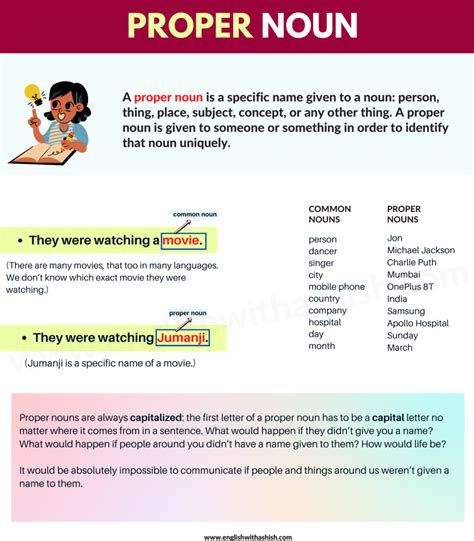
Post-Shave Ritual: Soothe and Protect
What you do immediately after shaving is just as important as your preparation and technique.
- Rinse with Cold Water: A splash of cold water helps to close pores and soothe the skin.
- Alcohol-Free Aftershave Balm: Apply a calming, alcohol-free aftershave balm or serum. Alcohol can dry and irritate the skin, exacerbating bump formation. Look for ingredients like aloe vera, witch hazel, or chamomile.
- Moisturize: Finish with a non-comedogenic moisturizer to keep your skin hydrated and supple, promoting healthy hair growth outwards.
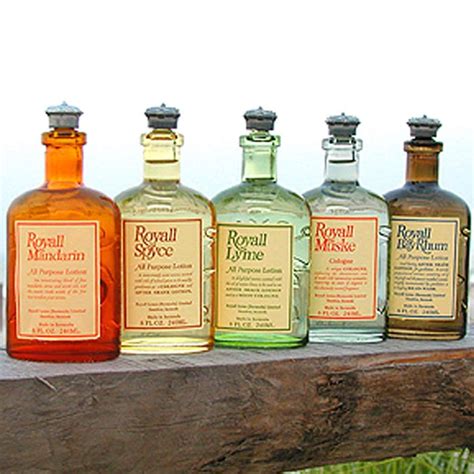
Long-Term Strategies and Skincare Habits
Prevention isn’t just about the shave; it’s about your ongoing skincare commitment.
- Regular Exfoliation: Continue to gently exfoliate a few times a week, even on non-shaving days, to prevent dead skin cells from trapping new hair growth.
- Hydration is Key: Keep your skin well-hydrated daily. Healthy skin is more resilient and less prone to irritation.
- Consider Alternatives: If razor bumps remain a persistent issue, explore other hair removal methods like electric shavers (designed to cut hair slightly above the skin surface), depilatory creams, or even laser hair removal, which can significantly reduce hair growth over time.
- Give Your Skin a Break: Occasionally, allow your hair to grow out for a day or two between shaves. This can give your skin a chance to recover.

When Bumps Appear: Gentle Intervention
Despite your best efforts, a bump might occasionally surface. The key is to handle it gently.
- Do Not Pick or Squeeze: This can worsen inflammation, introduce bacteria, and lead to scarring.
- Topical Treatments: Use over-the-counter treatments containing salicylic acid or glycolic acid to gently exfoliate and help free the trapped hair. Apply a warm compress to help draw the hair out.
- Consult a Dermatologist: For persistent or severe cases, a dermatologist can offer prescription-strength treatments or discuss professional solutions.
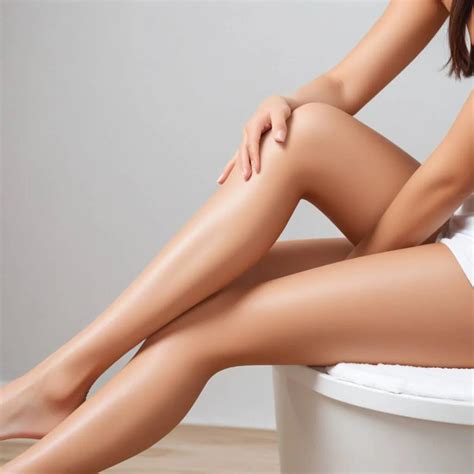
Achieving a smooth, bump-free shave is an art that combines preparation, technique, and consistent aftercare. By integrating these strategies into your daily grooming ritual, you can effectively banish razor bumps and maintain a sharp, confident appearance that truly reflects peak performance.



